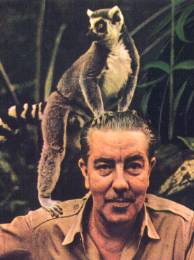
September 11, 2008

Ivan T. Sanderson (1911-1973) by Mark A. Hall, Wonders, December 1992, pp. 65-67.
Twenty years ago an old friend died. He was a British subject who chose to live in the U.S.A. During his life Ivan T. Sanderson was first a nature writer and then an avid fortean author, devoting his later books and articles to mysterious natural phenomena of all kinds. His life and work are difficult to summarize adequately here. More information can be found in an excellent biographical entry that appears in the National Cyclopedia of American Biography, Vol. 57 (Clifton, NJ: J.T. White, 1977), 192-194. The entry is unsigned but its comprehensiveness and accuracy indicate that it could only have been written by his widow and second wife, Sabina (who has also written under the name Marion Fawcett).
Sanderson’s earlier books are still cited today for his observations on mammals (Living Mammals of the World), on elephants (The Dynasty of Abu), on primates (The Monkey Kingdom), on whales (Follow the Whale), and on jungles (Book of Great Jungles). It can be said that he was always controversial. One is as likely to find a disparaging offhand remark made about him in a popular science article of his day as to find a reference citing his work. But such remarks were usually in the nature of a cheap shot without the elaboration that would have shown that Sanderson was incorrect. He was always taking positions on the cutting edge of scientific inquiry.
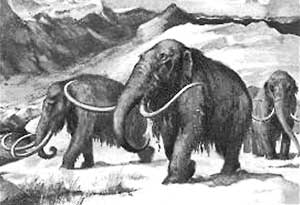
His curiosity led him to pursue the mysteries of science full-time. His later books included two on unidentified flying objects (Uninvited Visitors and Invisible Residents) and three collections of essays on a wide range of topics (“Things”, More “Things”, and Investigating the Unexplained).
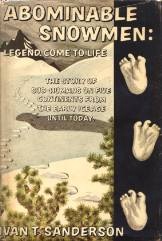
His most influential book has been his 525-page opus on the varieties of Yeti/Bigfoot/Giant mysteries, Abominable Snowmen: Legend Come to Life. It is the basis for all work done since that time in pursuit of mysterious primates. Even the old guard of Bigfoot hunters who predate his book owe him a debt. Without it the awareness of Sasquatch/Bigfoot might have continued to be as regional as, for example, the many lake monsters. I think this book and Uninvited Visitors represent Ivan’s best work. He did his best to meld an open mind with the scientific rigor of his early training.
His “Things” and More “Things” are very good but have not had a greater influence because they appeared as paperbacks only and have always been hard to find. The publishers, Pyramid Books, were notorious for poor distribution of their line of books. Now the works are out of print and much sought-after.
Sanderson had another impact during his lifetime that might easily be overlooked. I lived through the years that his popular articles were appearing in American magazines. I think those articles on strange happenings (from sea monsters to UFOs) were broadly influential in maintaining a healthy curiosity about our world and a healthy awareness of the existence of things yet undiscovered. As professional scientists slumbered through the last half of the twentieth century, a few influential voices such as Sanderson’s reached the general public to pique curiosities and to assure witnesses to strange happenings that they were not alone and
they were not crazy.
Sanderson’s popular articles appeared in the Saturday Evening Post in the decade following 1944 covering such topics as sea monsters and living dinosaurs. From the late 1940’s till his death in 1973 popular articles appeared in True, This Week, Sports Afield, Argosy, Saga, Fantastic Universe, and Fate.
Many of these periodicals will be hard to find preserved today even in library stacks. But these were popular magazines read and re-read by millions of people. They were bought by the ordinary person and passed around, read in barber shops and in military service day rooms around the globe. No one today reaches a similar readership with these topics and with the solid background that Sanderson gave to his articles.
Only one scientific establishment publication, an Italian journal called Genus published in Rome, had the vision to print some of Sanderson’s later works on the unusual. From 1962-1969 they published four essays on the possible survival of primitive sub-men.
Since Sanderson’s death specific allegations have been repeatedly published stating that he died from a brain tumor and that condition caused peculiar behavior in his later years. These allegations are complete rubbish and reflect only upon the dubious credibility of the sources. I can personally refute them because I was an assistant to Sanderson in the last few months of his life and lived in his house at the time. I see no reason to detail the man’s medical history except to say that he died from cancer in his abdomen for which he was treated by doctors at the time. One of the things that occupied him almost up to the day of his death was giving radio interviews by telephone to numerous broadcasters around the country who were his old friends. To the end he remained a forceful and entertaining advocate of investigating true mysteries, despite the pain that came with his illness.
Recently Ivan Sanderson came back into the news, briefly, upon the revelation of a hoax in Florida in 1948. All the recent discussions have been based upon an article in the St. Petersburg Times for 11 June 1988. That article explains, in convincing fashion, how large three-toed tracks were made on beaches and stories were invented to fake the appearance of a mystery in 1948. Ivan Sanderson investigated these and failed to identify the hoaxed elements of the reports. This episode is a lesson to all who would investigate such mysteries to look for repetitive jokers such as perpetrated this hoax. It would be unfair to Sanderson, however, to discuss this error as if it were the only thing he had done. If we do this then we justify the self-interested and pathetic flight by professional scientists from any investigation of the mysteries that crop up and are neglected. The possibilities of hoaxes, misidentifications, and bogus elements introduced by debunkers will always plague us. The professionals won’t risk anything because they stay away and invent excuses. Those who do investigate take risks and the most active of them are open to being burned. If we venture nothing, nothing will be gained. This is the crux of why most professional scientists aren’t gaining anything and will be remembered as mere time-servers in their professions.
In common with the rest of us, Ivan had flaws and made some mistakes. Not all of his ideas will hold up and some will be put aside with just cause. But his positive influence upon today’s world has been widespread. And the wisdom in much of his works will be proven yet in years to come. This is a common characteristic of the best fortean endeavors, that vindication can only come many years later. The fortean problems are the difficult questions that are routinely avoided for generations by the boffins, as Ivan might have referred to the research scientists. Sanderson deserves to be remembered for his contributions to organizing the mysteries that still intrigue us and for his unique encouragement to the generations now living to explore this marvelous world of ours.
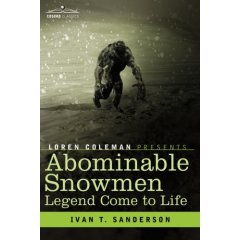
Selected Bibliography of Ivan T. Sanderson
Animal Treasure (1937, Viking Press)
Caribbean Treasure (1939, Viking Press)
Living Treasure (1941, Viking Press)
Animal Tales, editor (1946, Knopf)
How to Known the North American Mammals (1951, Little, Brown)
Living Mammals of the World (1955, Hanover House)
Follow the Whale (1956, Little, Brown)
Abominable Snowmen: Legend Come to Life (1961, Philadelphia: Chilton).
An abridged paperback edition with additional footnotes appeared in 1968 from
Pyramid Books. That edition was reprinted in 1977 by Harcourt Brace Jovanovich.
The Continent We Live On (1961, Random House)
The Dynasty of Abu (1962, Knopf)
Book of Great Jungles authored with David Loth (1965, Messner)
Uninvited Visitors (1967, Cowles Education Corp.)
“Things” (1967, Pyramid Books)
More “Things” (1969, Pyramid Books)
Invisible Residents (1970, World)
Investigating the Unexplained (1972, Prentice-Hall)
Green Silence (1974, David McKay)
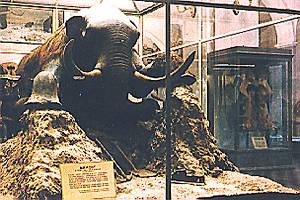
Here may be the answer to our riddle of why we find mammoths with buttercups in their teeth in one place, shredded but still-edible mammoths in another, rotting mammoths in a third, and mammoth boneyards somewhere else. The animals were frozen whole where the blobs of cold air descended before the wind began, shredded and frozen where the winds came before the cold had spread out, and reduced to bones where the animals had time to decompose before the cold reached them or the moving crust (of the earth) carried them north.
“The remains, if still sticking out of the ground where the middle of the blob occurred, would have been safely sealed in when the snow came, as the Berezovka mammoth probably was. This would seem to be additional proof, for a true ice-cap never formed in Siberia, because the crust was still shifting. There is evidence that one once started to grow there, but that it soon died away, and as it did so, vast floods of melt water brought great quantities of silt down from the south – which is the direction the rivers flow in Siberia – and deposited it upon the compacted snow. This froze in the fall, but melted in the spring, and since a dark material absorbs more heat, it gradually, year by year, dissolved the snow below and descended upon and eventually enveloped the quick-frozen mammoth by the slow substitution of chilled silt for compacted snow. Ivan T. Sanderson, 1960, Saturday Evening Post, “Riddle of the Frozen Giants.”
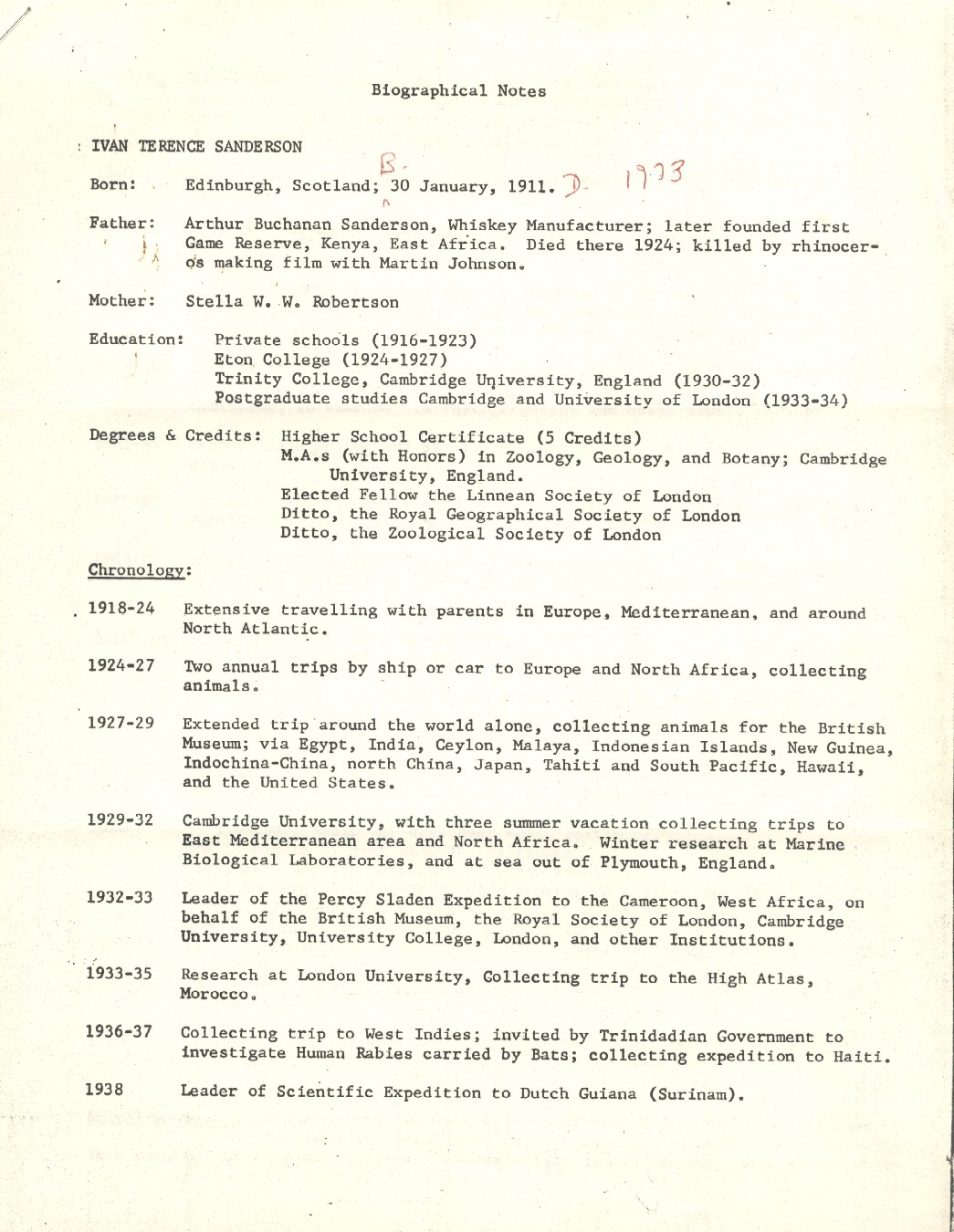

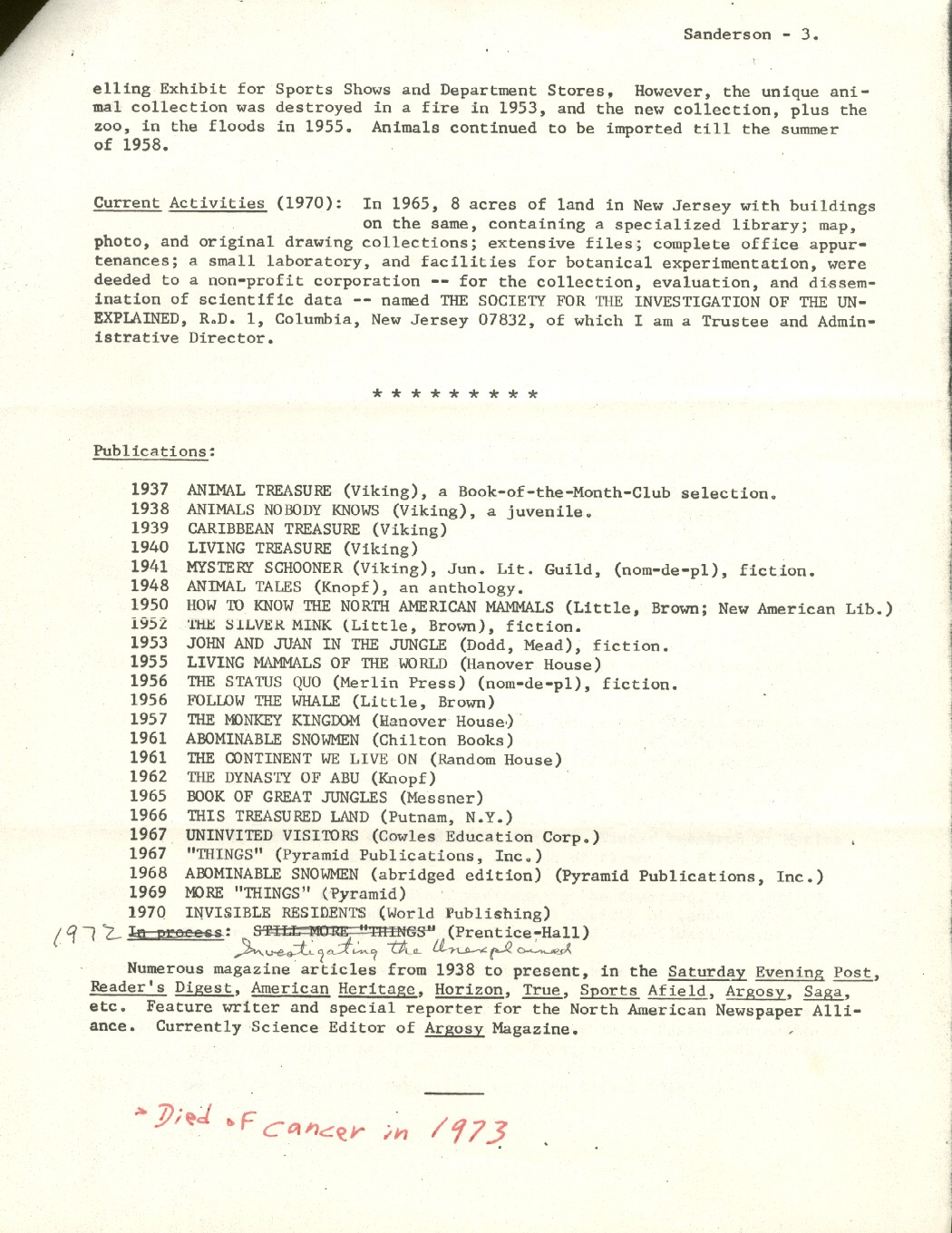
About Loren Coleman
Loren Coleman is one of the world’s leading cryptozoologists, some say “the” leading living cryptozoologist. Certainly, he is acknowledged as the current living American researcher and writer who has most popularized cryptozoology in the late 20th and early 21st centuries.
Starting his fieldwork and investigations in 1960, after traveling and trekking extensively in pursuit of cryptozoological mysteries, Coleman began writing to share his experiences in 1969. An honorary member of Ivan T. Sanderson’s Society for the Investigation of the Unexplained in the 1970s, Coleman has been bestowed with similar honorary memberships of the North Idaho College Cryptozoology Club in 1983, and in subsequent years, that of the British Columbia Scientific Cryptozoology Club, CryptoSafari International, and other international organizations. He was also a Life Member and Benefactor of the International Society of Cryptozoology (now-defunct).
Loren Coleman’s daily blog, as a member of the Cryptomundo Team, served as an ongoing avenue of communication for the ever-growing body of cryptozoo news from 2005 through 2013. He returned as an infrequent contributor beginning Halloween week of 2015.
Coleman is the founder in 2003, and current director of the International Cryptozoology Museum in Portland, Maine.
Filed under Abominable Snowman, Bigfoot, Books, Cryptomundo Exclusive, Cryptotourism, CryptoZoo News, Cryptozoologists, Cryptozoology, Eyewitness Accounts, Fossil Finds, Hoaxes, Lake Monsters, Men in Cryptozoology, Obituaries, Pop Culture, Reviews, Year In Review